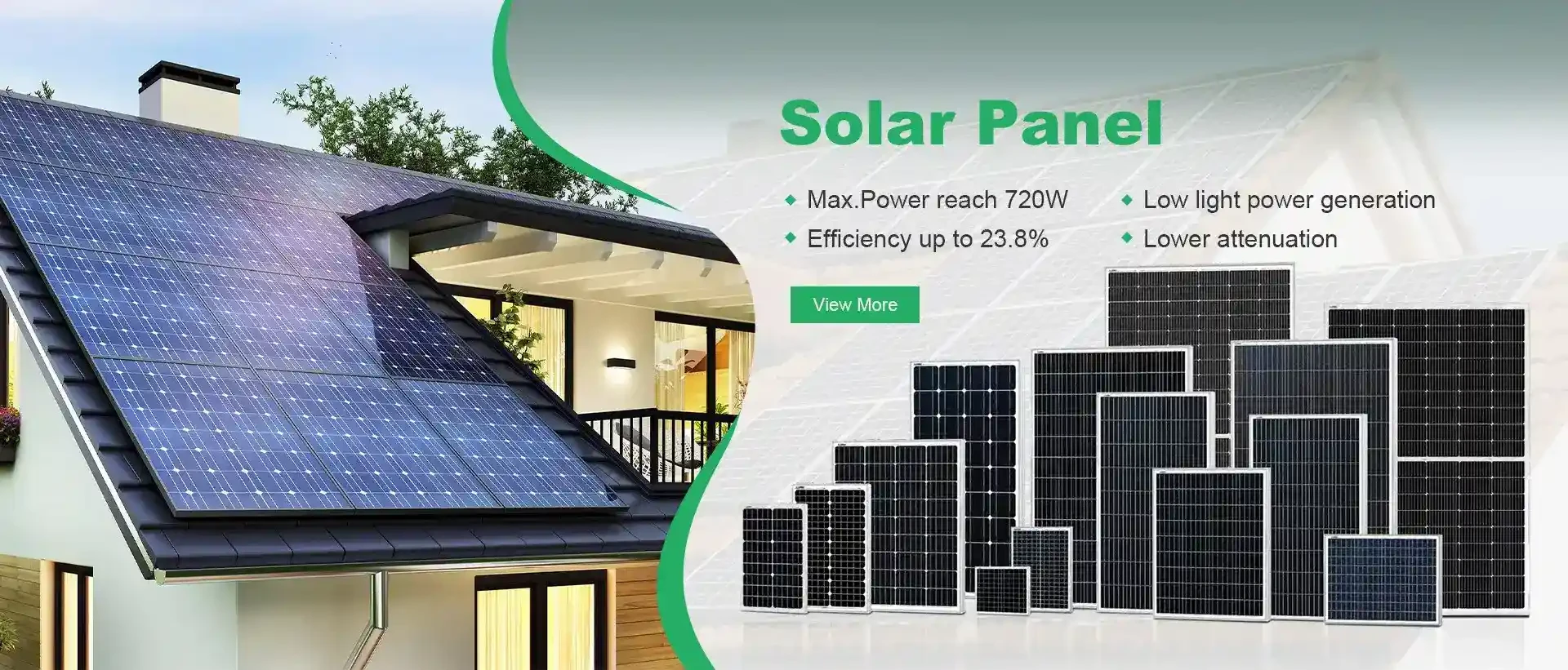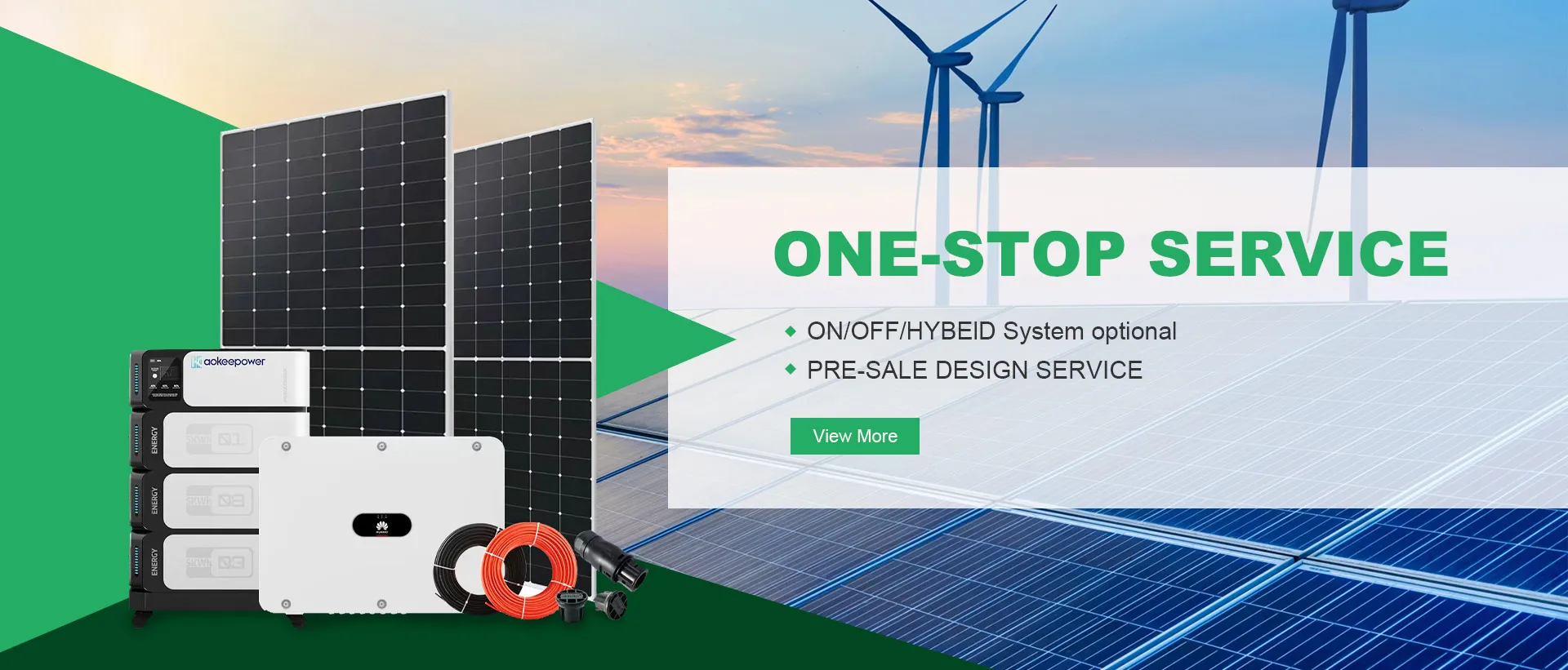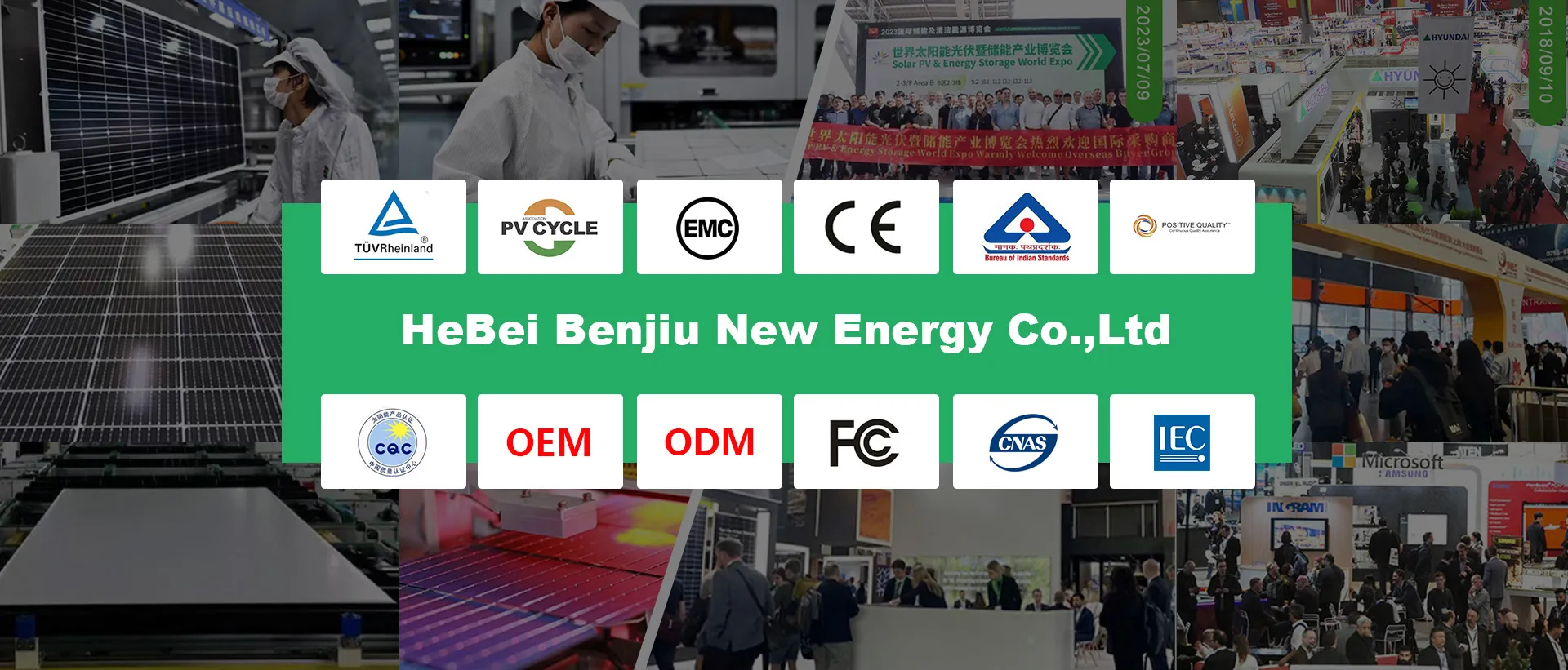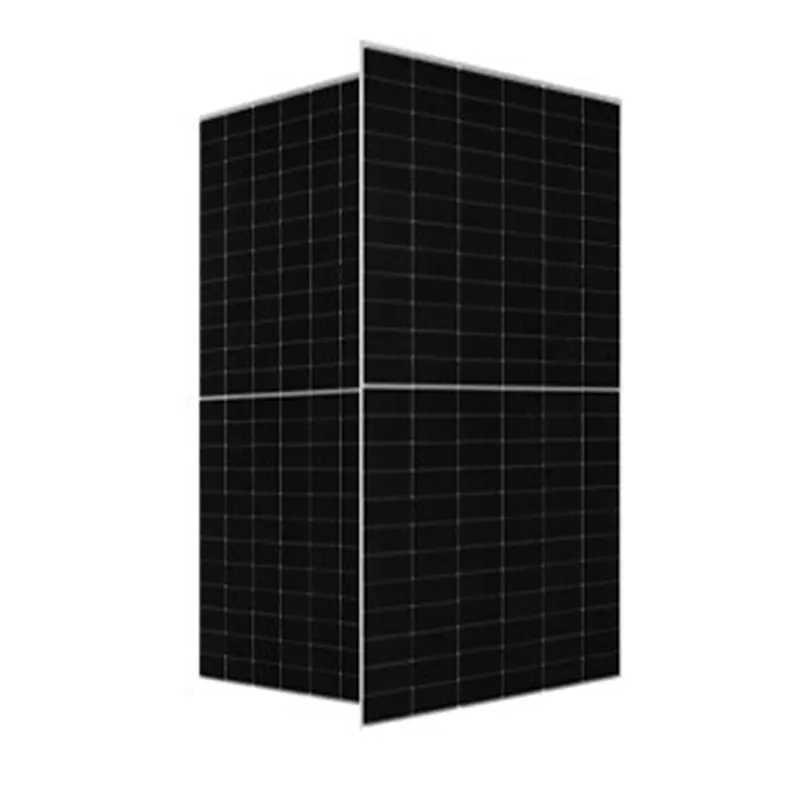Bifacial solar panels have gained attention for their potential to capture sunlight from both the front and rear sides, increasing energy production. This design allows the panels to generate electricity from direct sunlight as well as reflected light from the ground or nearby surfaces, potentially boosting overall efficiency. However, the effectiveness of bifacial panels depends on various factors such as installation orientation, ground cover, and albedo, which is the measure of how well a surface reflects sunlight. In certain conditions, such as installations with reflective surfaces or in areas with high albedo, bifacial panels can outperform traditional monofacial panels. However, the overall performance of bifacial panels can vary based on site-specific factors, and they may require different mounting and installation considerations. As technology and research in this area continue to advance, bifacial solar panels hold promise for improving energy production, especially in specific environments and applications. It's important for potential users to consider their specific installation conditions and consult with solar experts to determine whether bifacial panels are the best choice for their particular needs.
Which Is Better Monofacial Or Bifacial?
The choice between monofacial and bifacial solar panels depends on specific site conditions and installation requirements. Monofacial panels are more common and may be sufficient for many installations, offering a proven and reliable technology. Bifacial panels, on the other hand, have the potential to capture additional sunlight from both sides, potentially increasing energy production, especially in certain environments with high albedo or reflective surfaces. However, the performance of bifacial panels can be influenced by factors such as installation orientation, ground cover, and the surrounding environment. While bifacial panels hold promise for improved energy production, their effectiveness depends on site-specific conditions, and they may require different mounting and installation considerations. Ultimately, the decision between monofacial and bifacial panels should be based on a careful assessment of the specific installation site, energy production goals, and consultation with solar experts to determine the most suitable option for the given circumstances.
What Is A Bifacial Solar Panel Type?
A bifacial solar panel is a type of solar panel that is designed to capture sunlight from both the front and rear sides, allowing it to generate electricity from direct sunlight as well as reflected light from the ground or nearby surfaces. This design potentially increases the overall energy production of the panel. Bifacial panels typically consist of a transparent front side and a translucent or reflective rear side, allowing them to capture sunlight from both directions. The rear side can utilize reflected light, such as from the ground or nearby structures, to generate additional electricity. Bifacial panels have the potential to offer higher energy yields in certain environments with high albedo or reflective surfaces, making them a promising option for specific solar installations. However, the effectiveness of bifacial panels can be influenced by various factors such as installation orientation, ground cover, and surrounding environmental conditions, and their suitability should be carefully evaluated based on the specific requirements of the installation site.





